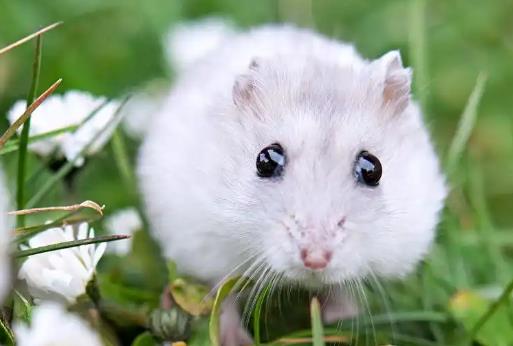The lifespan of hamsters varies depending on species, living environment, and health status. Below are the lifespan ranges of common hamster species and related influencing factors:

1. Average Lifespan
Most domestic hamsters: 1.5 to 3 years, with very few individuals exceeding 3 years.
Wild hamsters: Typically shorter (about 1 to 2 years) due to natural predators and survival pressures.
2. Lifespan Differences by Species
Syrian hamsters (Golden Hamsters): 2 to 3 years. Their larger body size is associated with relatively longer lifespans.
Dwarf hamsters (e.g., Campbell’s, Winter White, Roborovski):
Campbell’s/Winter White: 1.5 to 2 years.
Roborovski (Grandpa/Grandma Hamsters): 2 to 3 years, with some individuals reaching 3.5 years.
Chinese hamsters (Striped Hamsters): 2 to 3 years.
3. Key Factors Affecting Lifespan
Genetics and Health: Inherited diseases or genetic defects can shorten lifespan.
Diet: High-sugar and high-fat foods easily lead to obesity or diabetes (especially in dwarf species). A balanced diet is necessary, including specialized pellets, vegetables, and small amounts of protein.
Living Environment:
Cage size: A minimum floor area of ≥0.5㎡ is recommended to avoid stress from confined spaces.
Cleanliness: Clean 1–2 times weekly. Damp or dirty conditions can cause respiratory infections.
Temperature: Maintain 18–26°C to avoid extreme temperatures.
Exercise and enrichment: Wheel diameter should suit the species (Syrian hamsters ≥20cm). Provide tunnels, burrowing bedding, etc., to reduce boredom.
Disease prevention: Tumors (common in older hamsters), wet tail (common in young hamsters), overgrown teeth, and other issues require prompt veterinary attention.
